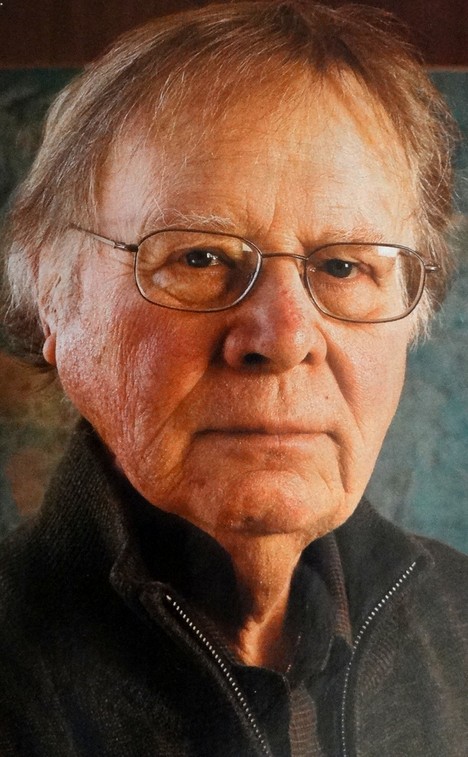
During the 1970's, Wallace Broecker, of Columbia University's Lamont-Doherty Earth Observatory, began warning anyone who would listen about the dangerous buildup of Carbon Dioxide in our atmosphere. Thirty years later we are witness to a dying planet as we know it. Losing great mammals like elephants, rhinos, leopards, lions, tigers, polar bears, monkeys, gorillas, whales, oceans, coral, sand. We lose millions of small populations of plants and insects. We've lost billions of birds, dangerous numbers of amphibians, lizards and frogs. The rates of loss in every country is accelerating.
In Broecker's day, developers began working on a scrubber, a unit 10 feet by 50 feet that can scrub carbon from the air. It would then have to be piped underground beneath the saline layers and stored. "Better yet, a way must be found to turn carbon dioxide into a mineral without using a lot of energy to do it," Broecker said. Gas seeping out and escaping into the atmosphere is one of the factors holding the technology back.
Fast forward to 2007. An international team of scientists has investigated how basaltic rocks in Iceland's geothermal fields can naturally store C02. Dubbed the CarbFix project. The researchers have happened upon a method of stowing carbon away that can fast-track the mineralization of CO2. Researchers have come up with a technique that promises to turn the gas into a solid within two years, a drastically shorter time frame than the centuries or millennia the current scientific consensus suggests.
The team at Reykjavik Energy's Hellisheidi geothermal power plant, where the original study took place, says up to 5,000 tons (4,535 tonnes) of CO2 are now being stowed away each year.
What really surprised the researchers was not just how much of the CO2 was converted, but how quickly all of this happened. Through observations researchers found that more than 95 percent of the CO2 had formed into solid carbonate minerals within just two years.
International Energy Agency describes this method of carbon capture as a "critical component" in combating climate change.
Five thousand tons sounds like a lot, but it is a mere drop in the ocean compared to the billions of metric tons emitted globally each year. The good news is that basalt rock is present beneath the Earth's surface more than any other rock. It's not so common on land, with only around 10 percent of the continents made up of basalt, but almost all the ocean floors contain the material. So while it won't be simple, replicating the process in other locations is a real possibility.
Of course, the best way to stop climate change from wreaking havoc on our planet, is to remove CO2 spewing cars, cows, factories, fossil fuels, gas and coal, that produce CO2 gas.
All necessary technological components are available and in use in various areas, but carbon sequestration is yet to be applied on a scale that would make any meaningful difference to global carbon emissions.
It is up to us and our government to set things in motion. We must get the word out by reporting to all the agencies fighting climate change, including our Senators and Representatives at all local and national levels. Change always takes place from the people up. We can't wait for government to do it all. We must push them to do it by complaining loudly
.
The Reykjavik team's research was published in the journal Science.
Groups you may want to know about: Earth Justice, Natural Resources Defense Council, Air and Water Watch, Center for Biological Diversity, Environmental Defense Fund, Wilderness Society, FSEEE, National Park Trust, Friends of the River. There are hundreds of groups that are active on environmental issues.
No comments:
Post a Comment